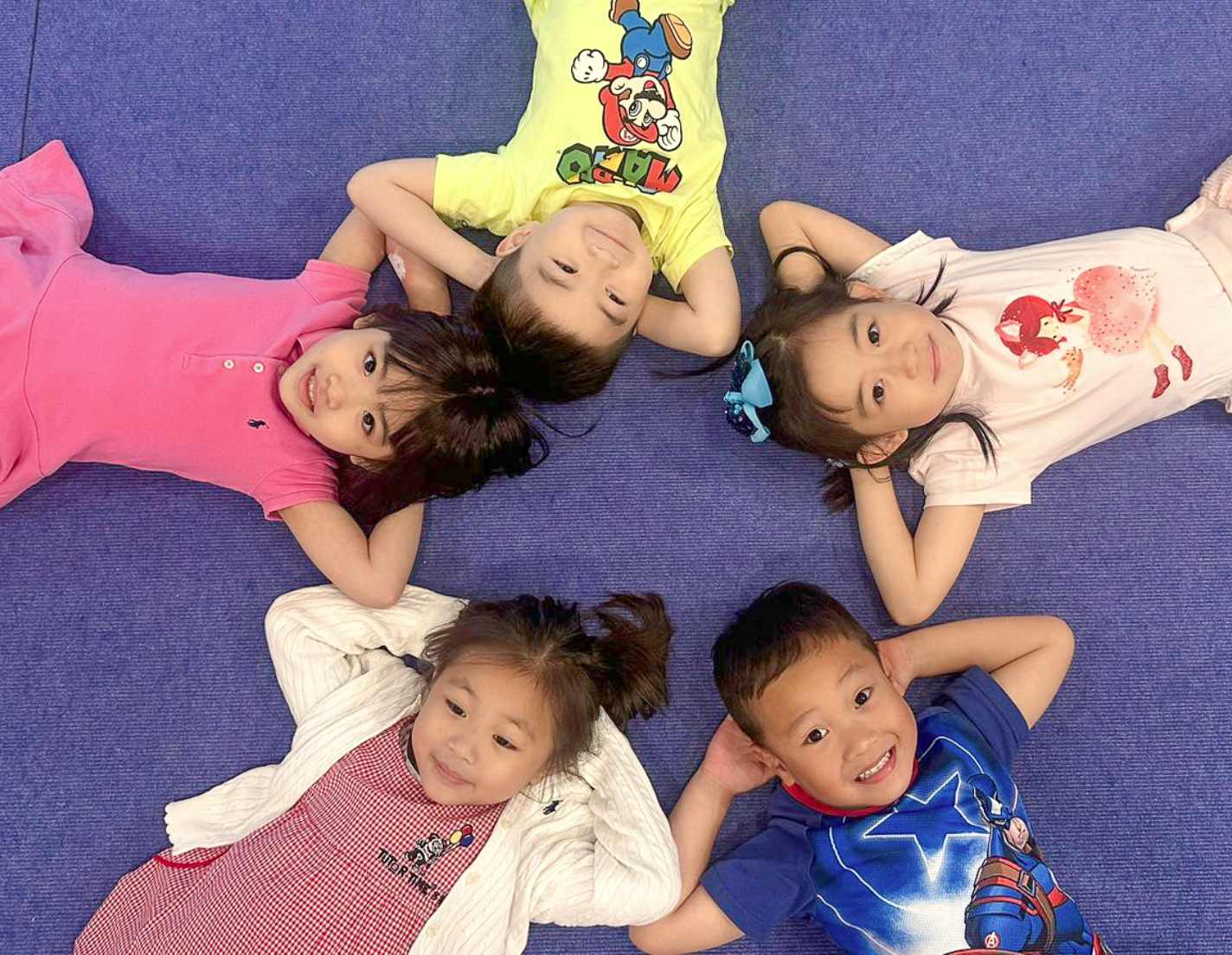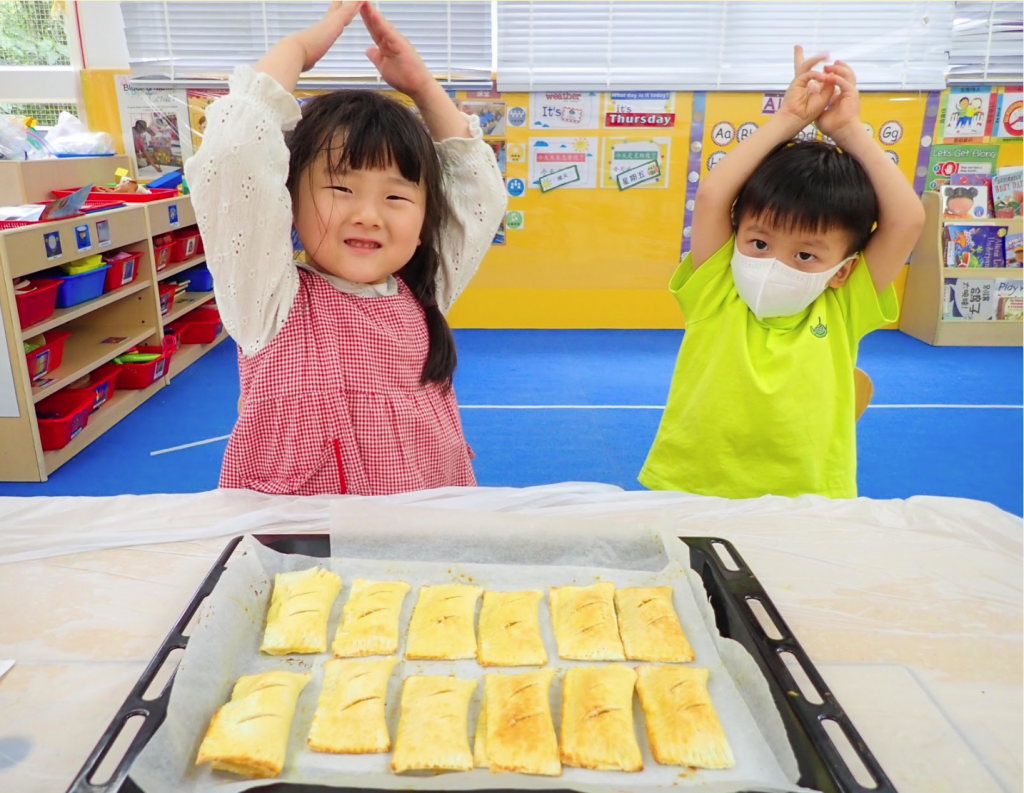Hong Kong’s education system is known as one of the most competitive in the world, but that also means that you will never be short of options when it comes to choosing a school for your child. Before you make this decision, it’s important to understand the key differences between all your options – one of those being public versus private schools. This article will take you through the key differences between public and private schools including factors such as medium of instruction, curriculum, admissions, tuition and so on.
Public schools in Hong Kong
Public schools are defined as schools that are funded and run by public sector institutions. All public schools follow the educational standards set by the Education Bureau of Hong Kong (EDB) and participate in the Hong Kong Diploma of Secondary Education (HKDSE) examination. Public schools can be split into two general categories:
Government Schools
Government schools are fully funded and administered by the Hong Kong government. They offer free education to students and follow local curriculum standards. The medium of instruction is mainly in Chinese (Cantonese), although English language education is also mandatory. Public school curricula usually include subjects such as Chinese (Cantonese), English, mathematics, science, social studies, physical education, and arts. Government schools generally have limited autonomy in terms of curriculum development and resource allocation.
Aided Public Schools
Aided public schools are fully funded by the Hong Kong government but are run and operated by sponsoring bodies that are approved of by the EDB. Besides the issue of governance, aided public schools are free of charge and also follow the EDB’s educational standards and curricula. The key difference in education may only be that some specific schools with religious affiliation may incorporate religious elements into their curriculum.
Private schools in Hong Kong
Private schools educational institutions that operate independently of the government. They charge tuition fees and offer various curricula, and also have more autonomy in decision-making, resources, and admissions criteria. Private schools can generally be split into these categories:
Direct Subsidy Scheme (DSS) Schools
DSS schools only receive partial funding from the Hong Kong government and as a result enjoy more autonomy in their curriculum, tuition fees, and admissions process. They often offer a wider range of educational programs and activities beyond the standard curriculum. These schools charge tuition fees but are still often much lower than that of other private schools. Generally speaking, DSS schools operate more like ‘local schools’ and will still arrange for their students to participate in the HKDSE.
Private Independent Schools (PIS)
Private independent schools were established under the Hong Kong PIS scheme. From a student’s perspective, they are no different from other private schools. However, since they receive some support from the government in the form of land leases, they are obligated to put aside at least 10% of their tuition fees for scholarships. Their student body must also be at least 70% local students. Some examples of PIS are Renaissance College and Independent Schools Foundation (ISF) Academy.
Caput Schools
Caput schools are non-profit private secondary schools that receive government funding. The main difference between Caput schools and DSS schools is that the government buys a certain number of secondary school places at Caput schools to ensure that there are enough places for students in Hong Kong. Caput schools are also not allowed to charge tuition fees greater than that of other DSS schools. As of 2023, Caput school secondary places only accounted for 0.5% of all secondary school places.
English Schools Foundation (ESF) Schools
ESF schools were established in 1967 in Hong Kong to provide English language education. They started off offering a British-based curriculum, following the framework of the National Curriculum of England and Wales, but have since transitioned to other international curricula. Currently, ESF operates 22 schools in Hong Kong. Some examples of ESF schools are Island School, Discovery Bay College, King George V and so on.
Private International Schools
Private international schools in Hong Kong operate as independent institutions, but they are still regulated by the EDB. They offer a variety of international curricula, such as American, British, Canadian, and the International Baccalaureate (IB), among others. Private International Schools mostly offer English as a medium of instruction with dedicated classes for other languages. They often also have the highest school fees out of all the other types of schools. Some examples of private international schools are Chinese International School, Hong Kong International School, Canadian International School and so on.
Differences between public and private school
Public and private schools in Hong Kong differ in a number of ways that can affect your decision-making process.
Education
Public schools follow the local curriculum prescribed by the EDB, which offers little flexibility for individual schools. They also typically offer the HKDSE examination for senior secondary students. Public schools often follow a more traditional rote learning style compared to private schools. Private schools have full autonomy over what curriculum they choose to use. They usually follow international curriculum such as the IB, American, or British educational systems. Private schools may employ different teaching methods like project-based learning, discussion based courses, and so on.
Read More: IB or HKDSE – finding your child’s best fit
Tuition
Public schools offer free or nominal tuition. However, there are often additional fees for textbooks, uniforms, and extracurricular activities. Private schools: Private schools charge tuition fees, which can vary significantly depending on the school, facilities, reputation and so on. They are generally higher than public school fees.
Resources
Public school resources and facilities are usually more consistent. They will typically have all the necessary resources and facilities like libraries, laboratories, gyms and so on. Private school resources and facilities will vary depending on the financial capacity of the school. Generally, they will have more extensive resources and nicer facilities because they also charge higher tuition fees.
Extracurricular activities
Public schools offer a variety of extracurricular activities ranging from sports, arts, music, and clubs, but their availability will vary from school to school. They may also charge additional fees to join these activities. Private schools usually prioritize holistic education more than public schools and offer a wider range of extracurricular activities. Some may be free of charge, while others may be paid.
Admissions
The public school admissions process is centralized, meaning you submit one application through the Primary One Admissions System (POAS). If you have specific schools you want to apply to, you can apply for a ‘Discretionary Place’ to those schools. If not, your school selections will be based on the district you are applying for. Private schools have their own admission criteria and processes. They may consider factors such as academic performance, interviews, or other assessments. Private schools are no more or less competitive than public schools – it depends on which schools you are applying to.
Read More: How to create portfolio for primary school application: tips and examples
Factors to consider when choosing between public vs private school
Choosing the right school for your child depends on a variety of factors. These are some of the top factors that we encourage you to consider as you make your decision.
Children’s learning style
Public schools will often employ a more rote learning approach where children are required to listen and remember information, then repeat the information on a test. Private schools will employ a variety of approaches subject to each school’s discretion. We recommend that you get to know each school’s educational approach and philosophy before applying to see if it suits your child’s needs.
Finances
One of the biggest factors to consider is tuition fees. The difference between a free public school and an expensive private school can be the defining factor for many families. Get to know each school’s tuition fees and whether it is within your budget.
Location and accessibility
The logistics of going to school every day should also be considered. For public schools, admission is determined by district and your family’s home location. If you have specific schools in mind that are further from your home, consider how your child will get to and from school every day.
School culture
Public schools often have a larger local student population coming from more diverse socioeconomic backgrounds. The playground language is usually Cantonese, which is something to consider when thinking about your child’s language development. Private schools tend to attract a more diverse international student body, as well as students from higher socioeconomic backgrounds (due to higher tuition fees). The playground language typically revolves around English, and is more focused on western culture.
Read More: Hong Kong primary school interview questions and answers (With tips)
Conclusion
Choosing the right school is never an easy decision. The differences between private and public schools in Hong Kong have a significant impact on the educational experience of students. Private schools are generally more expensive and offer a more exclusive and personalized educational experience. They often have smaller class sizes, better facilities, and more extracurricular activities. Public schools, on the other hand, are more affordable and offer a more standardized educational experience. They tend to have larger class sizes, but can provide students with a diverse and inclusive learning environment. Ultimately, the choice between private and public school will depend on your family’s priorities, budget, and educational goals for your child.


